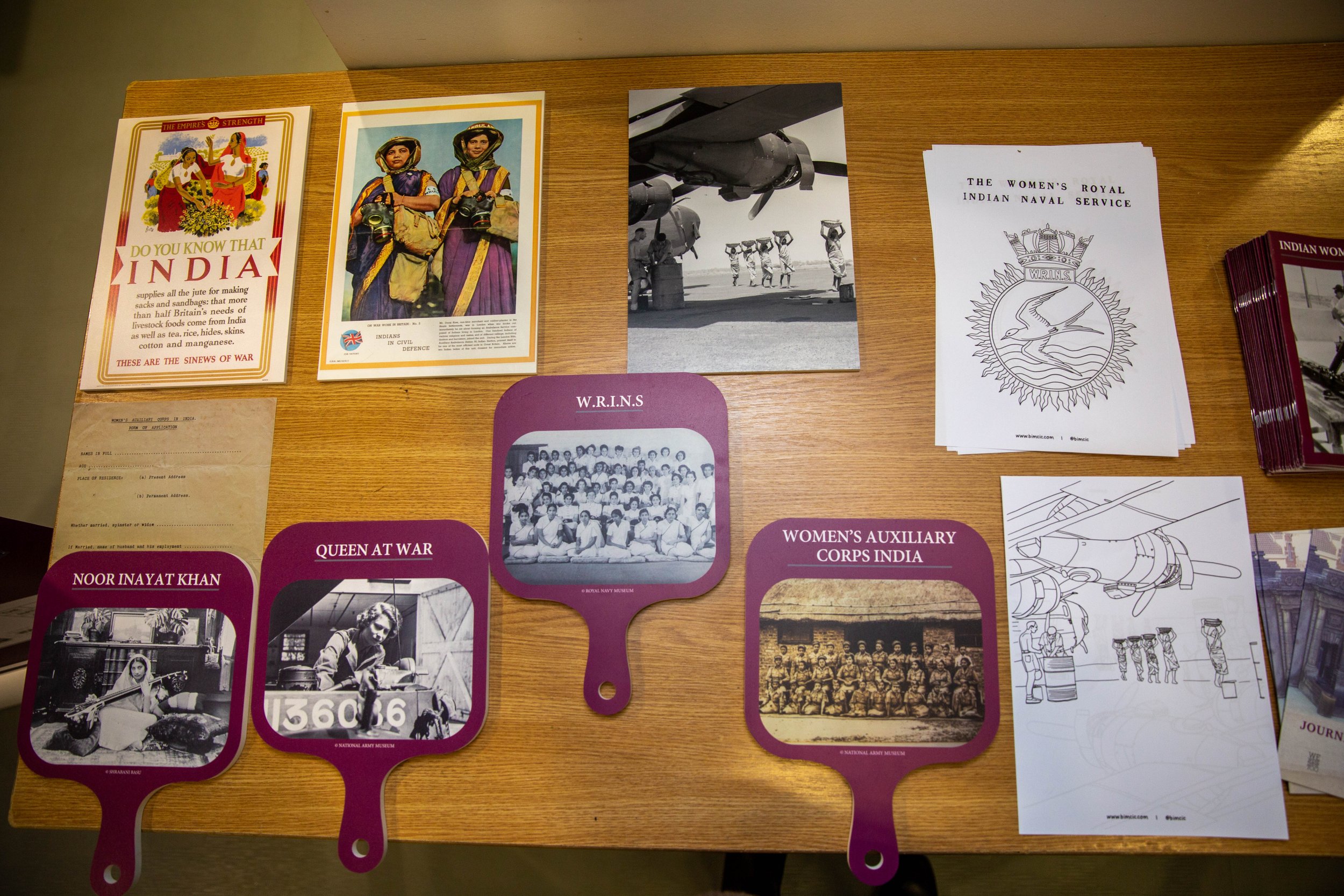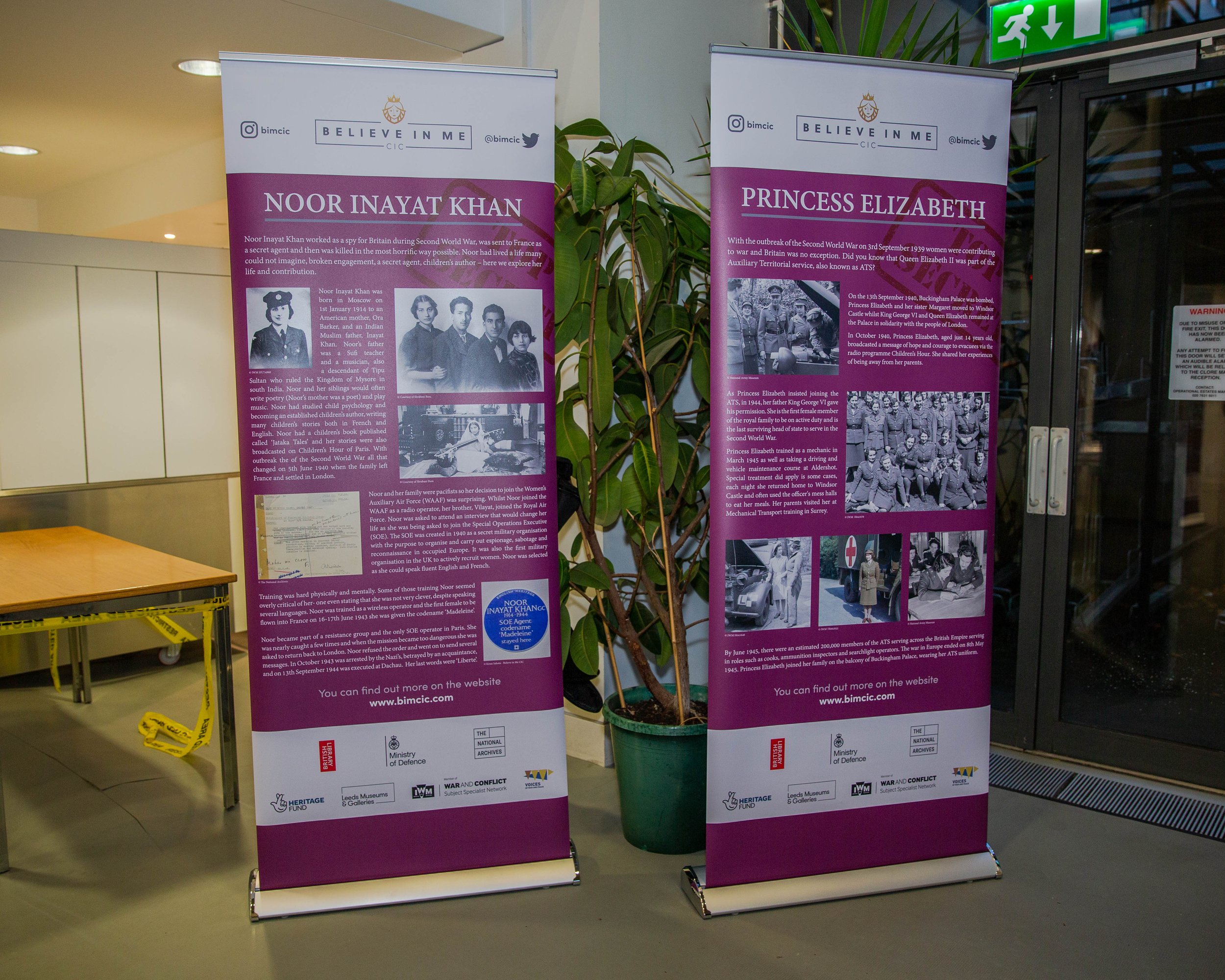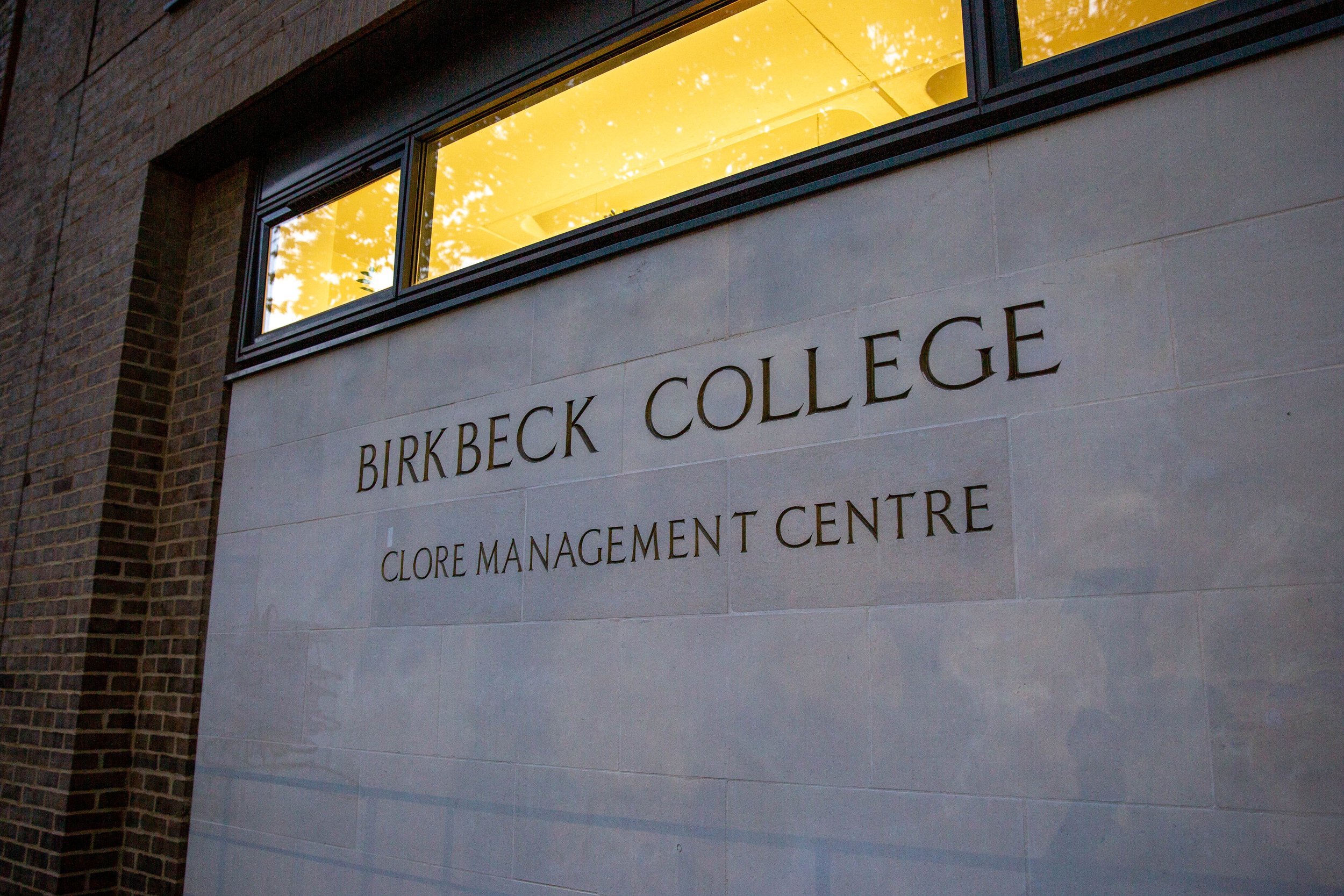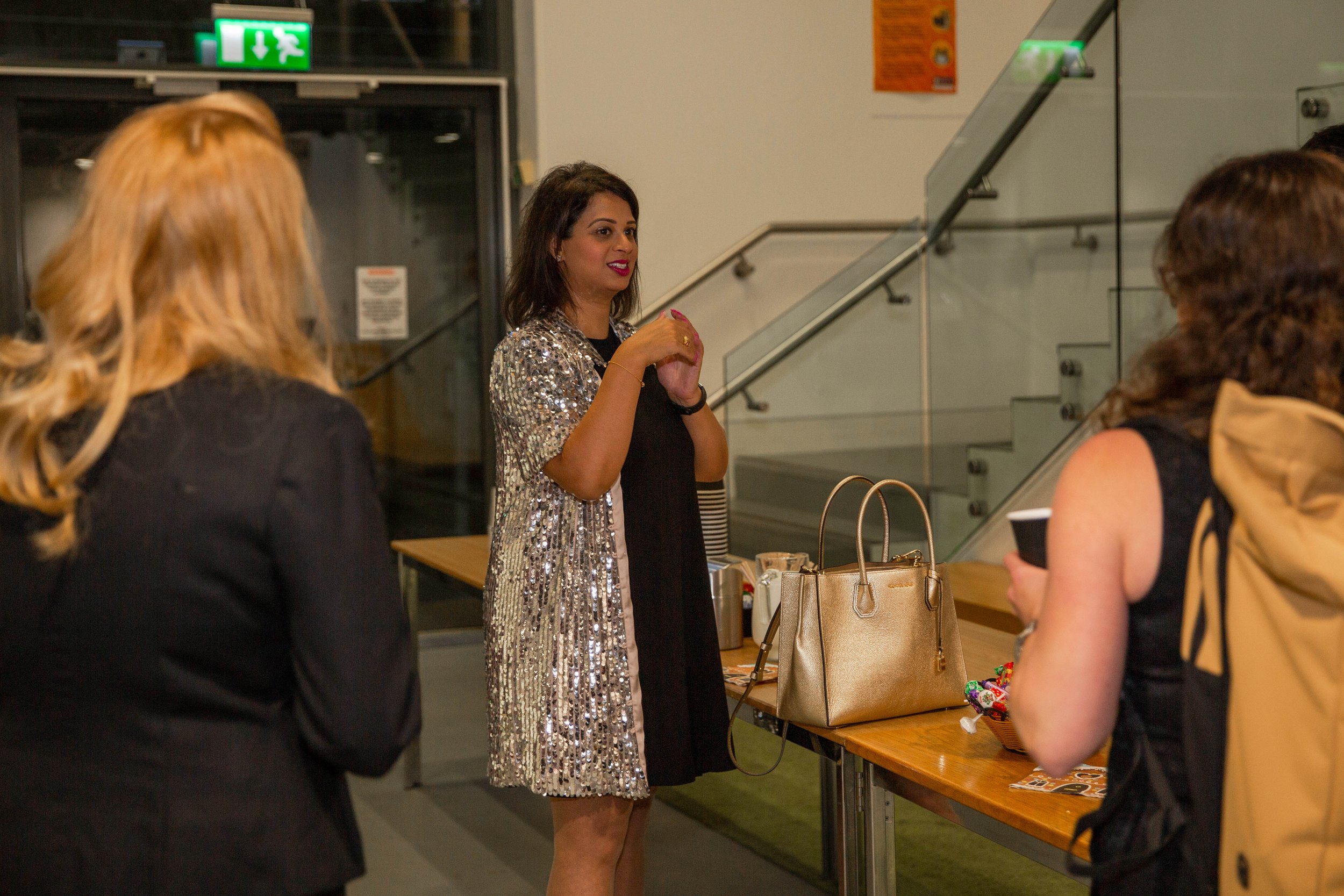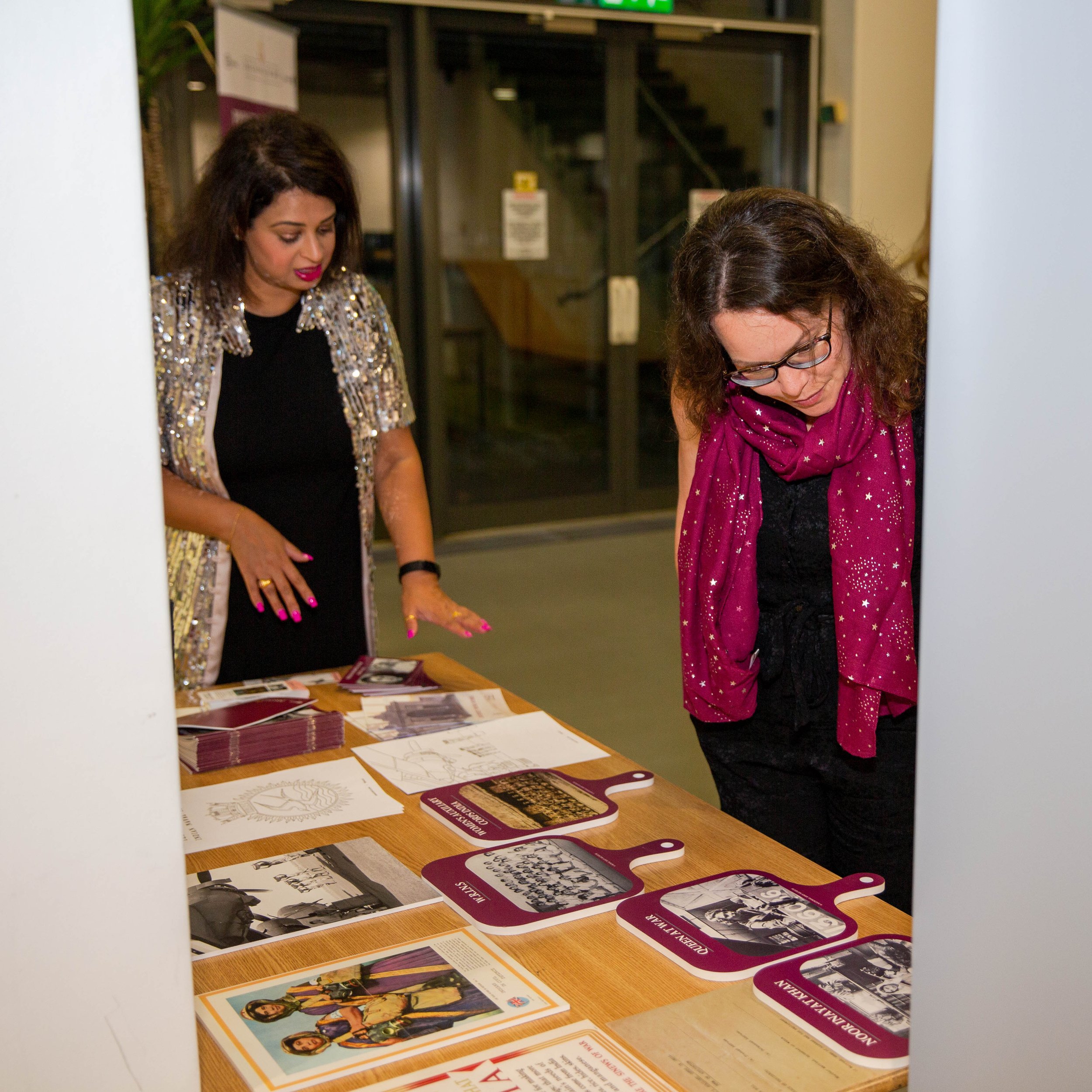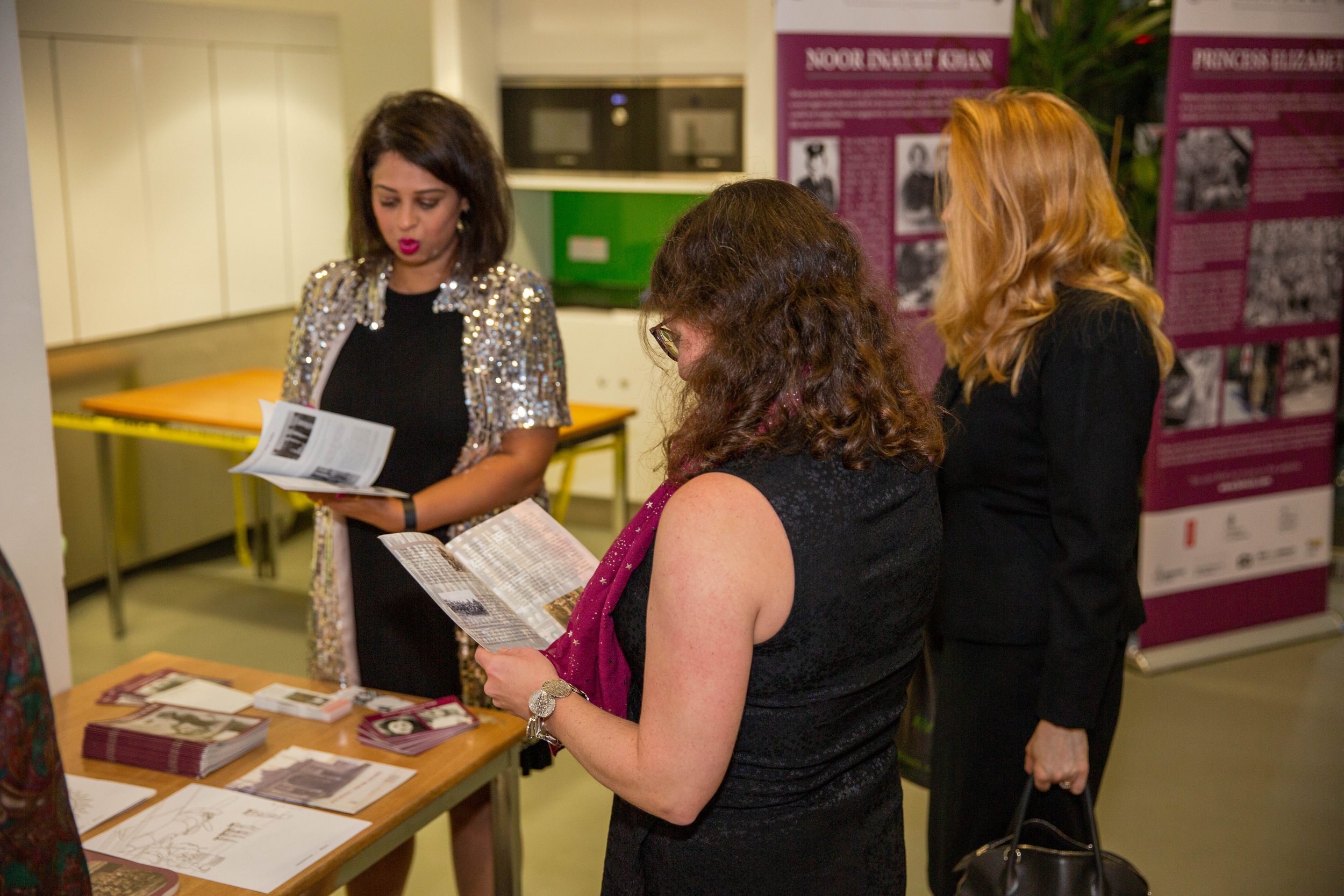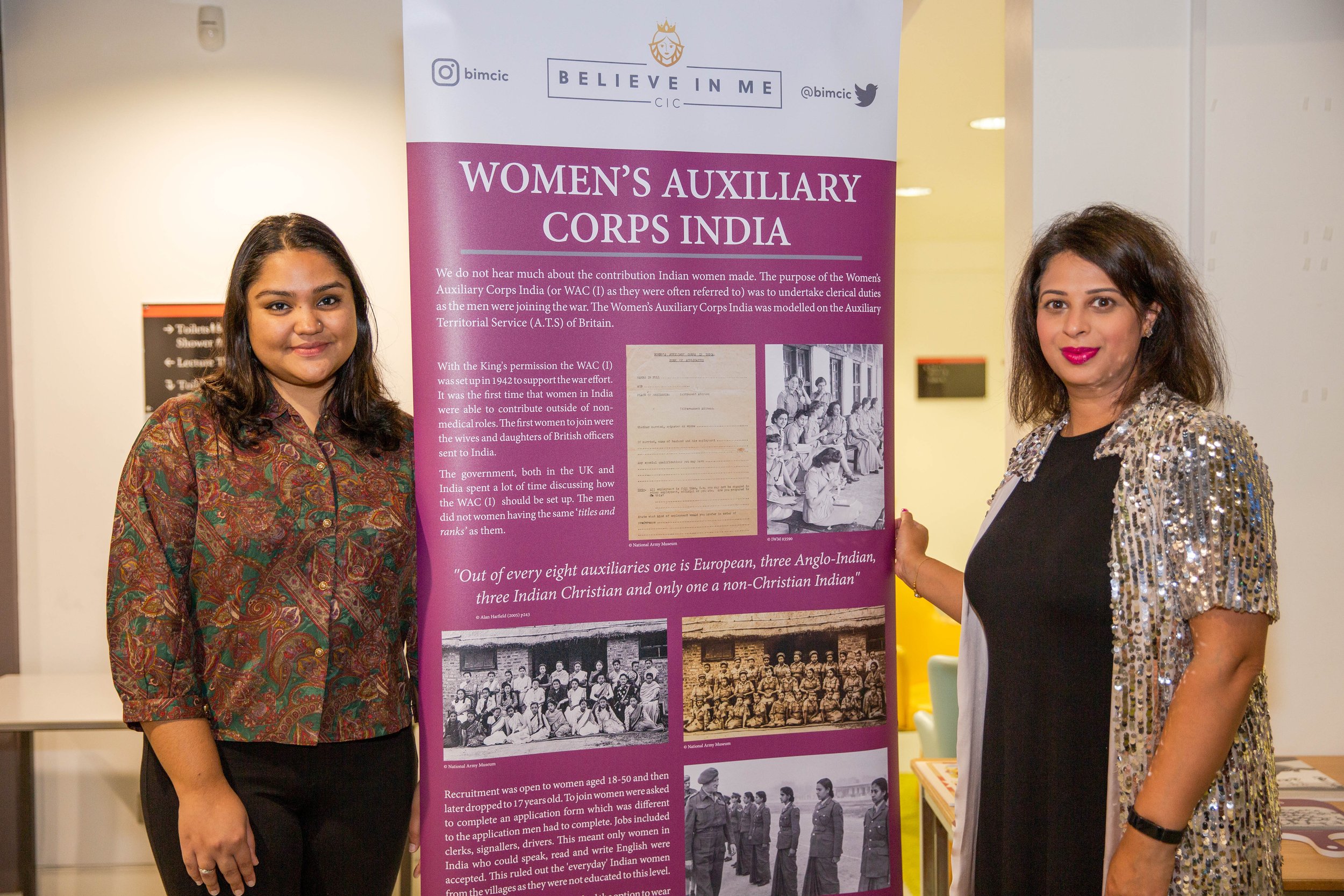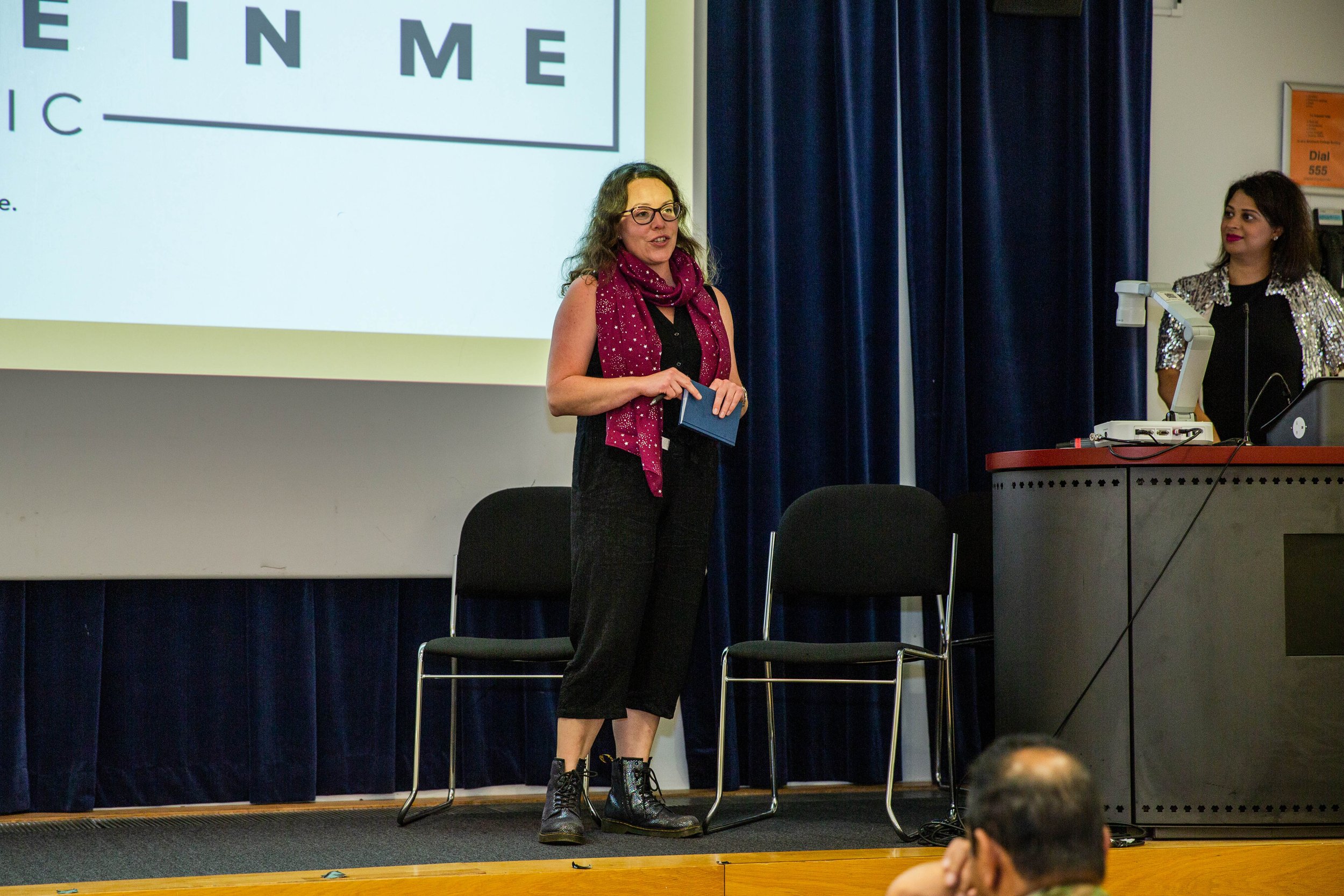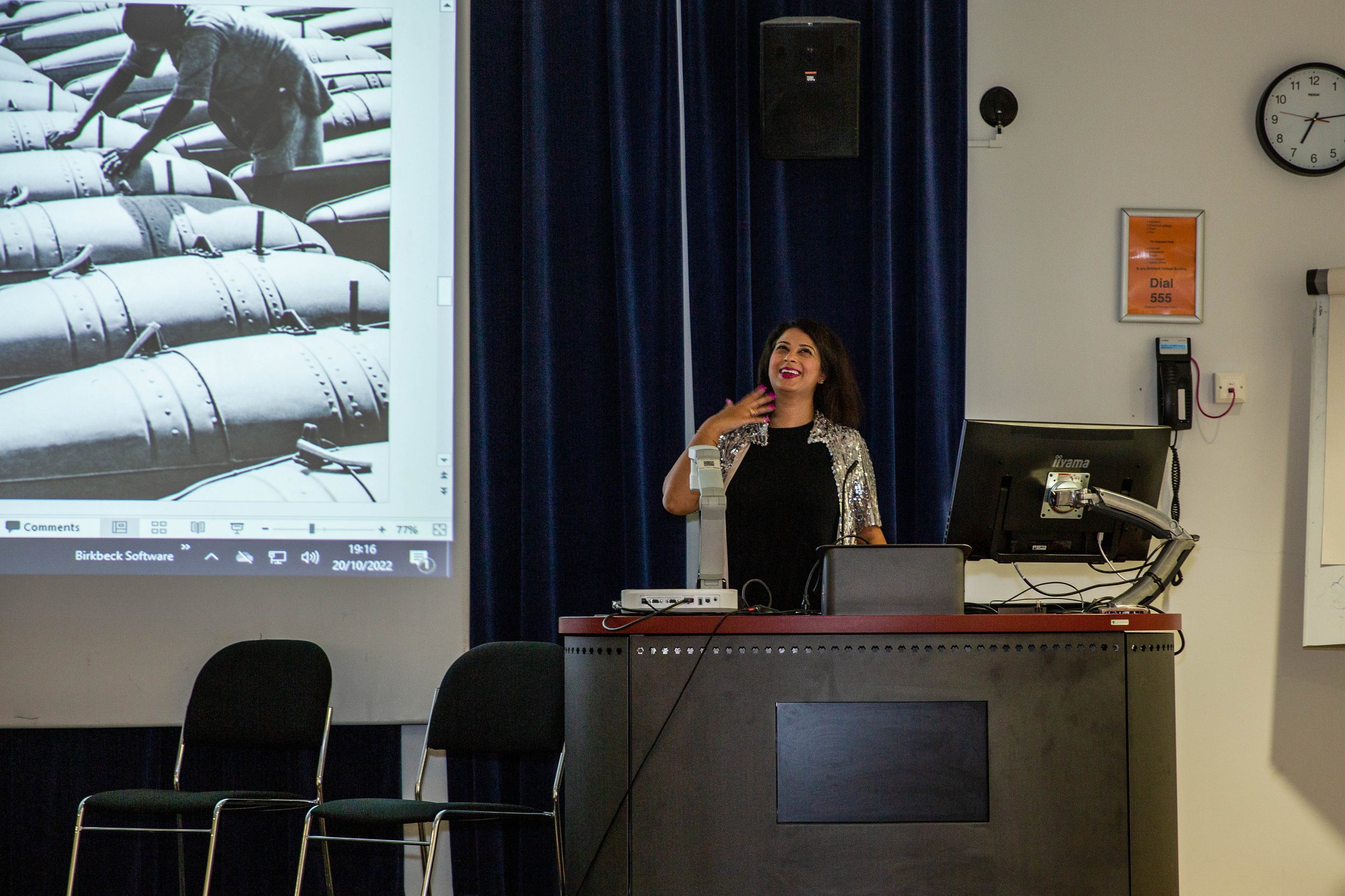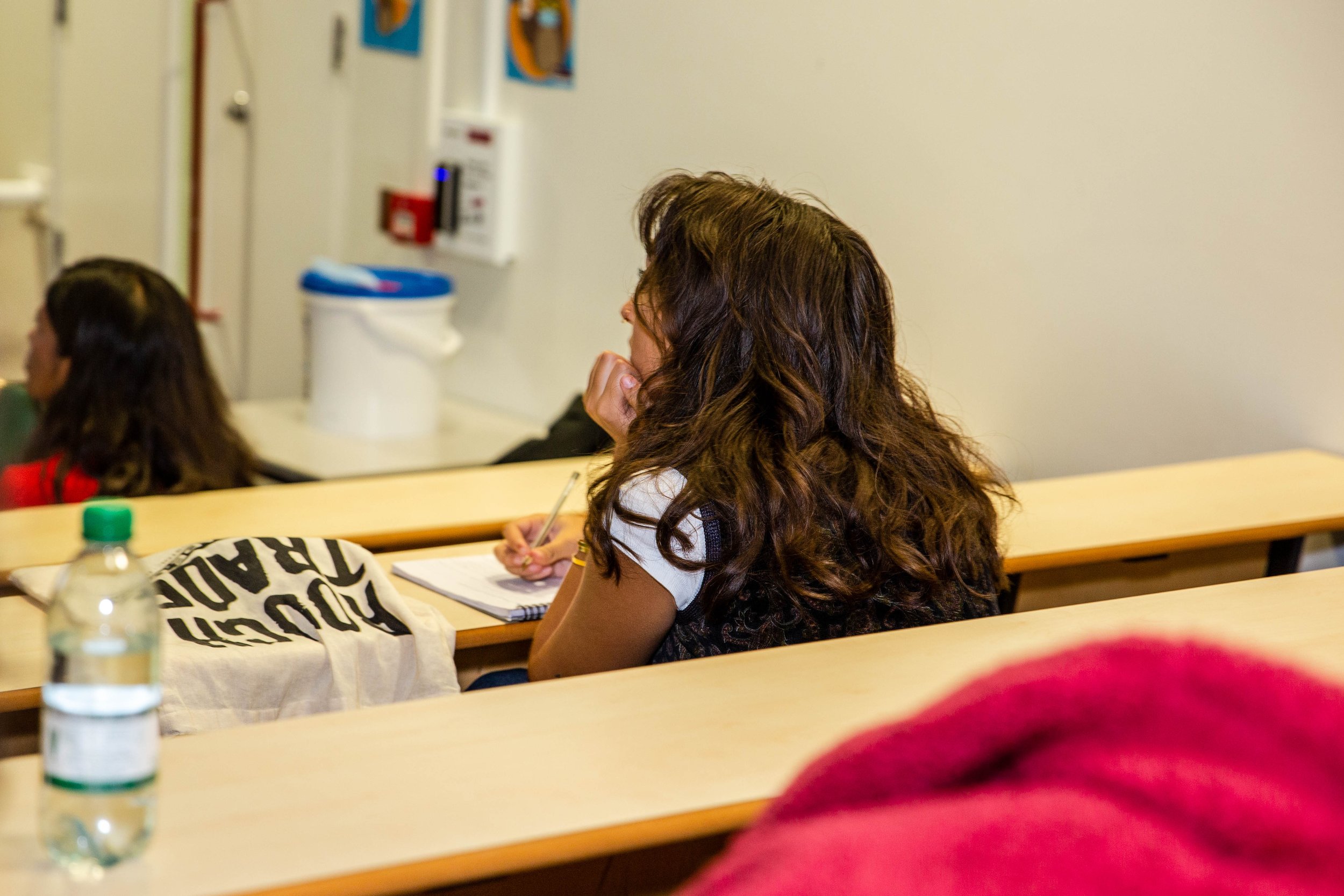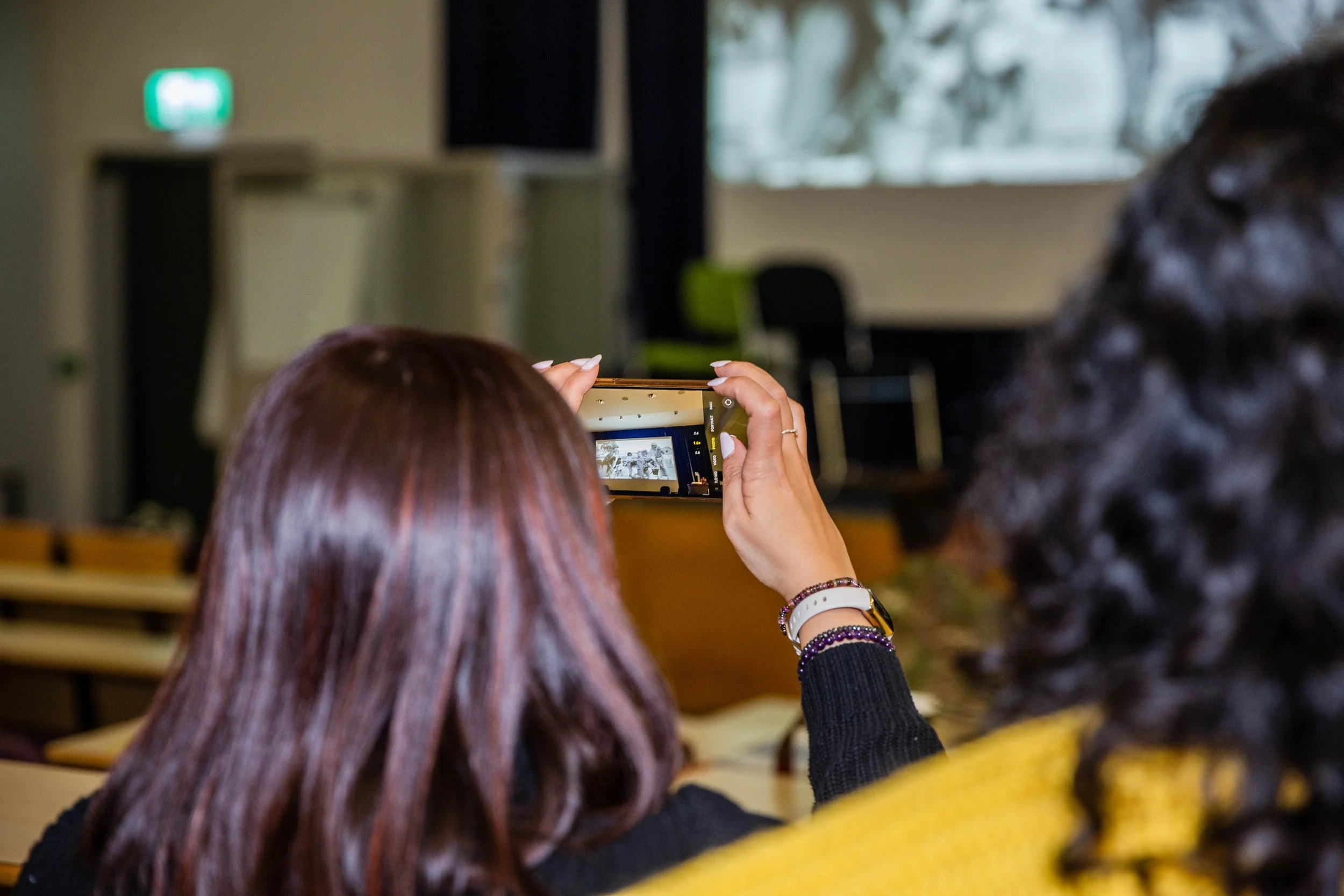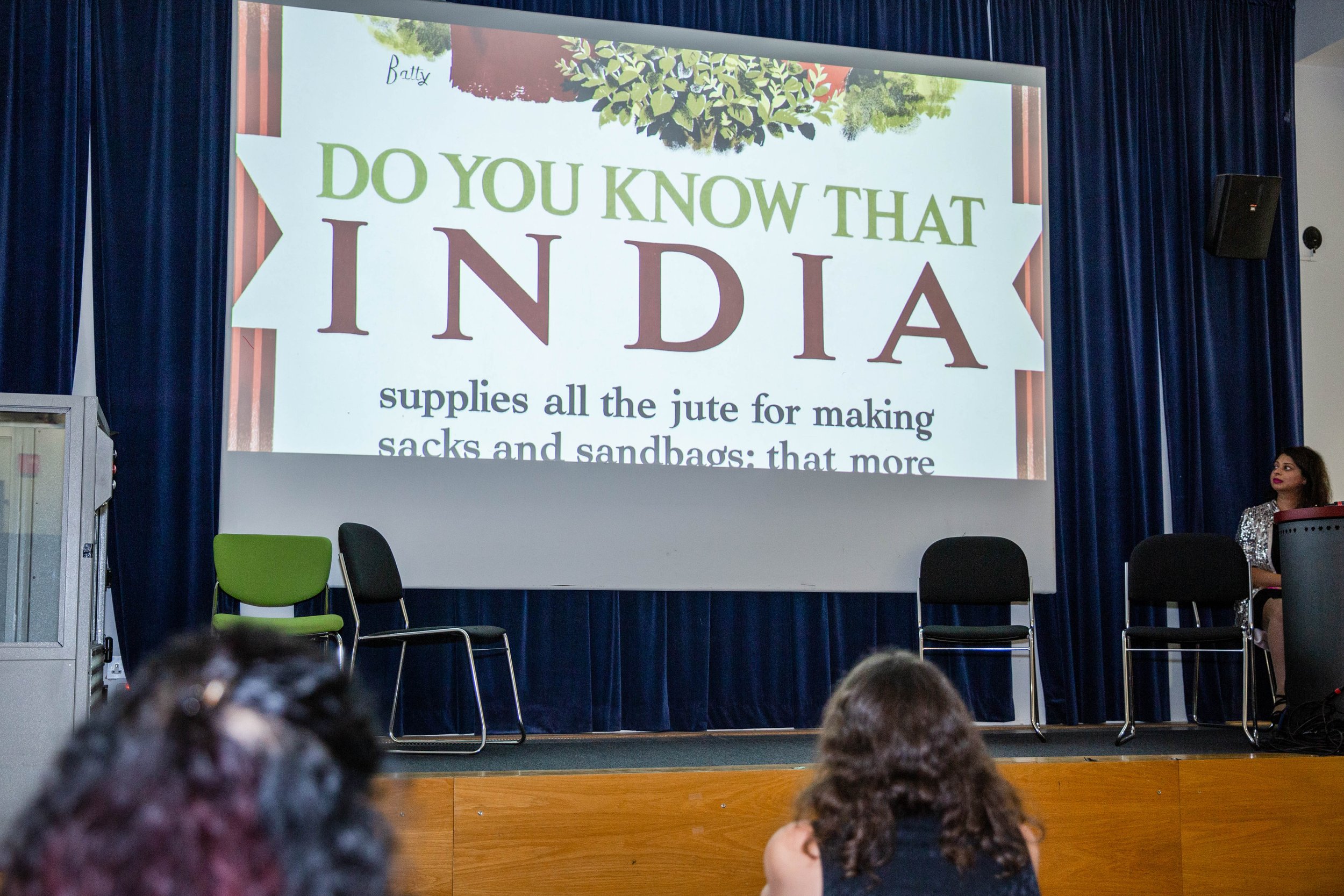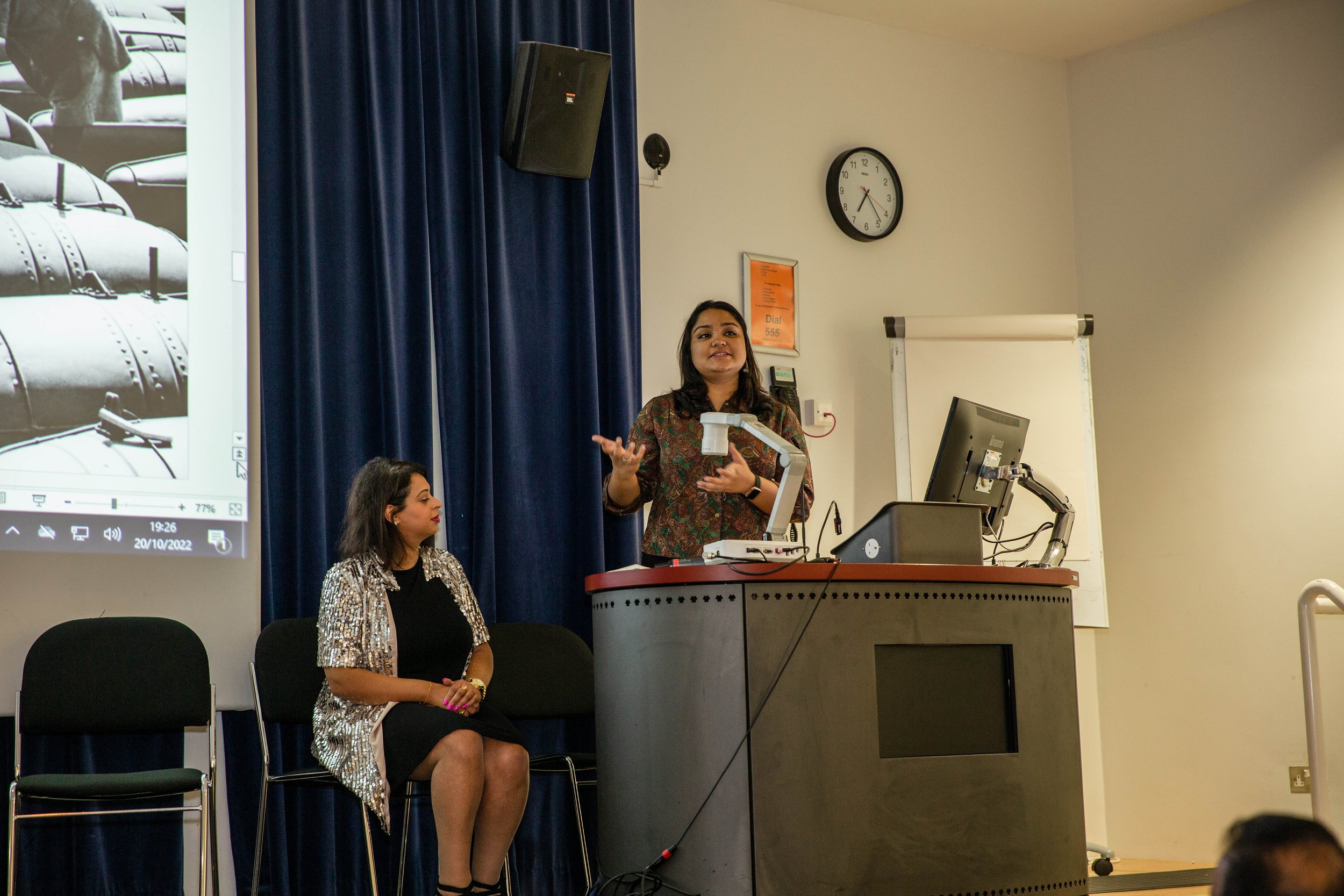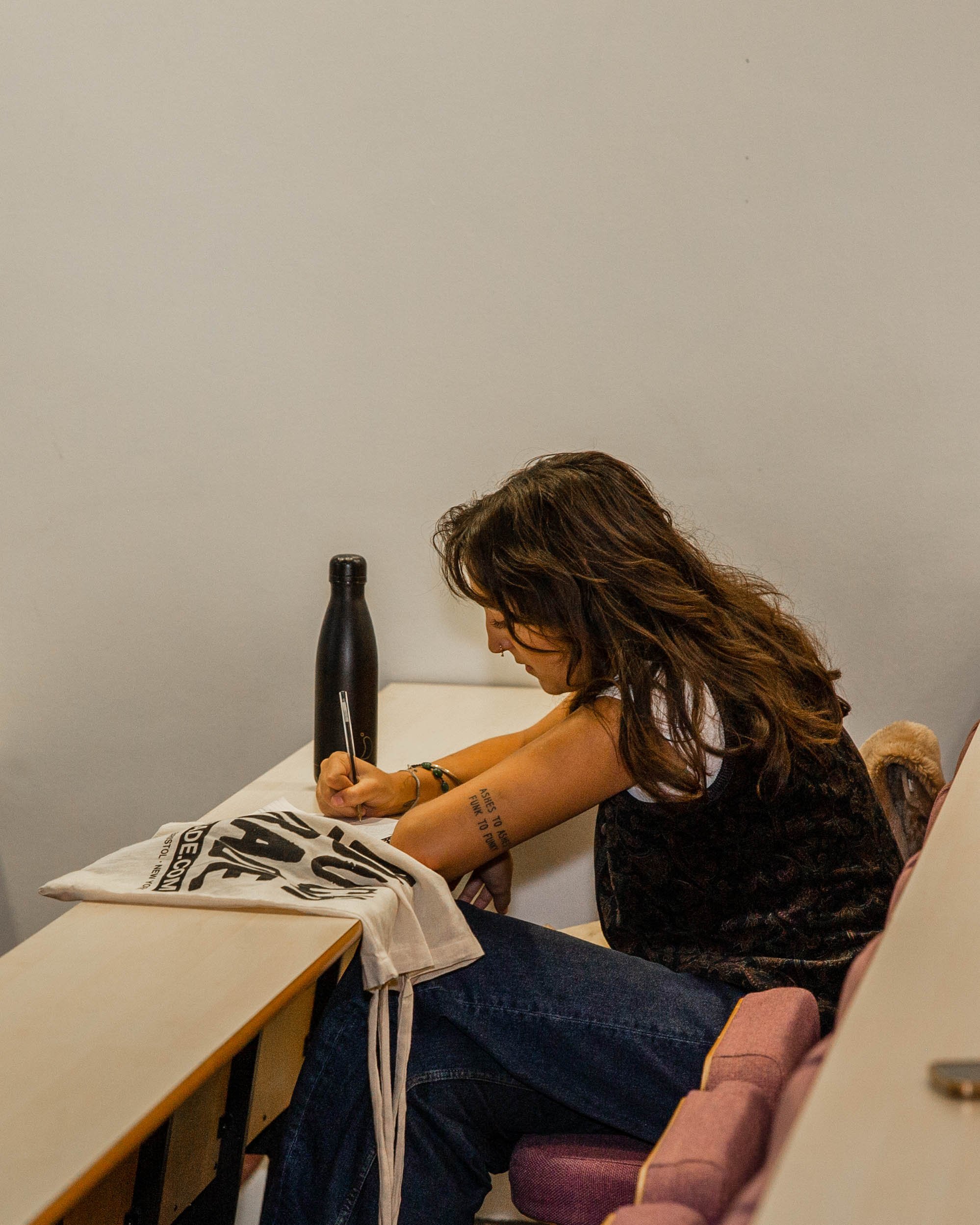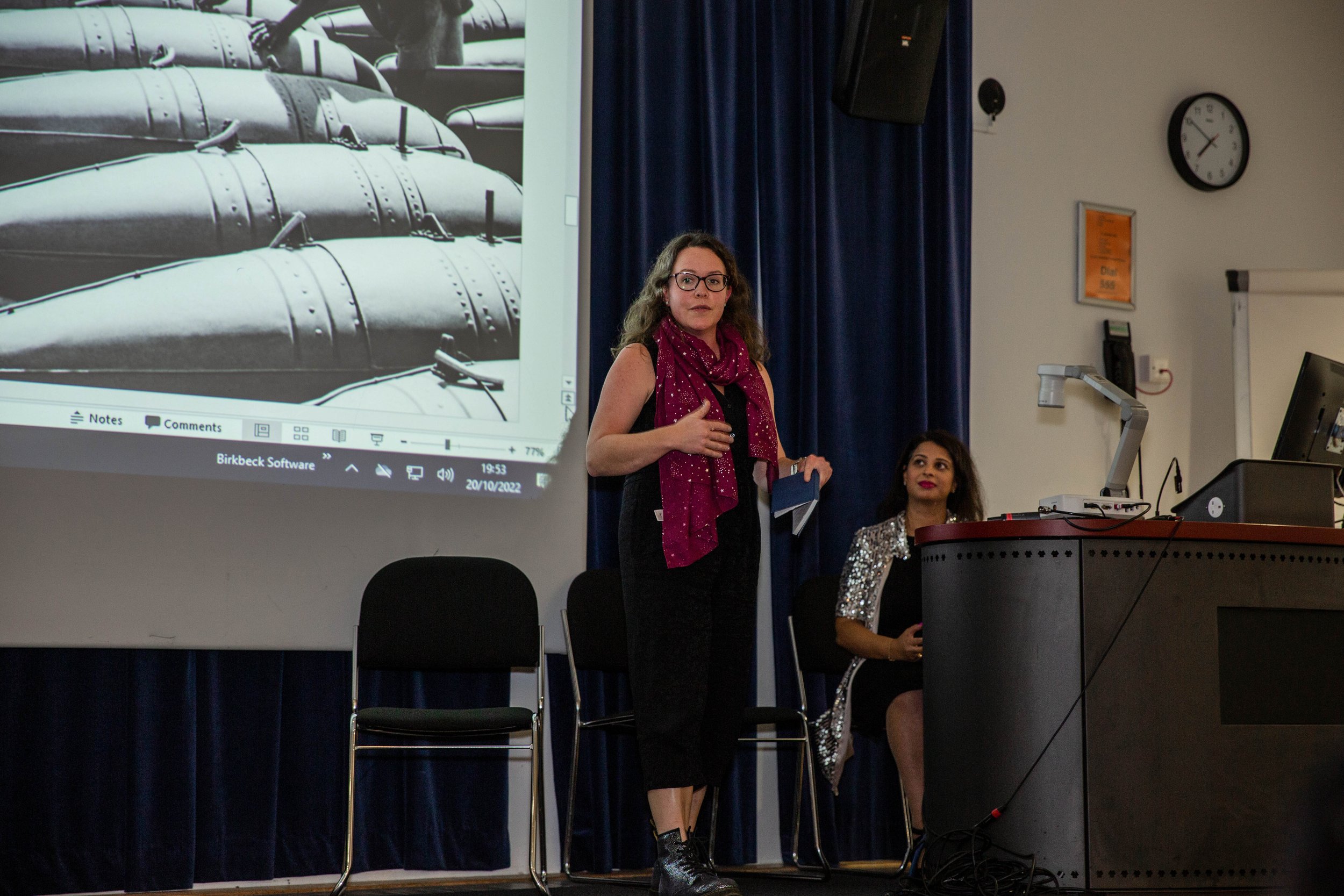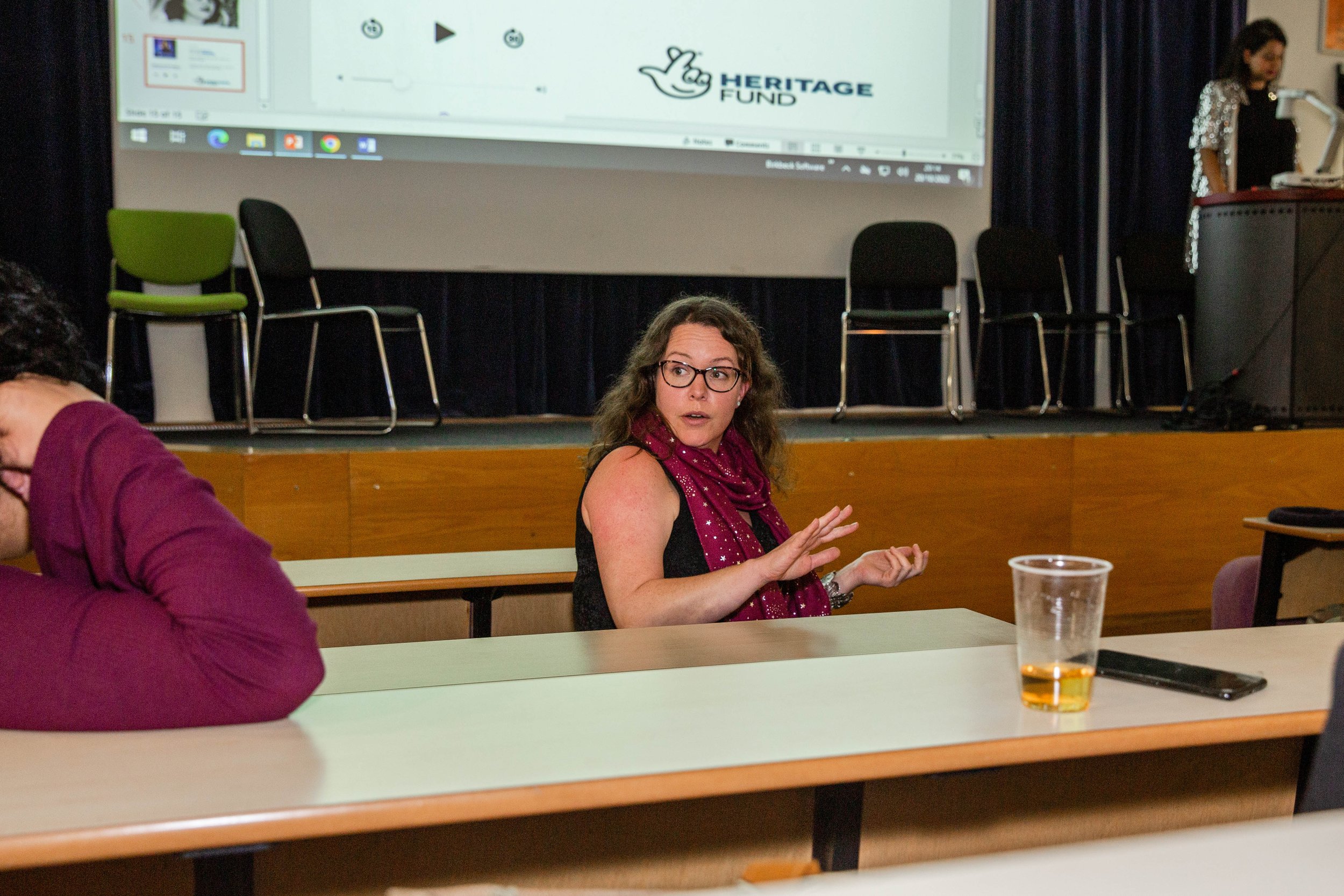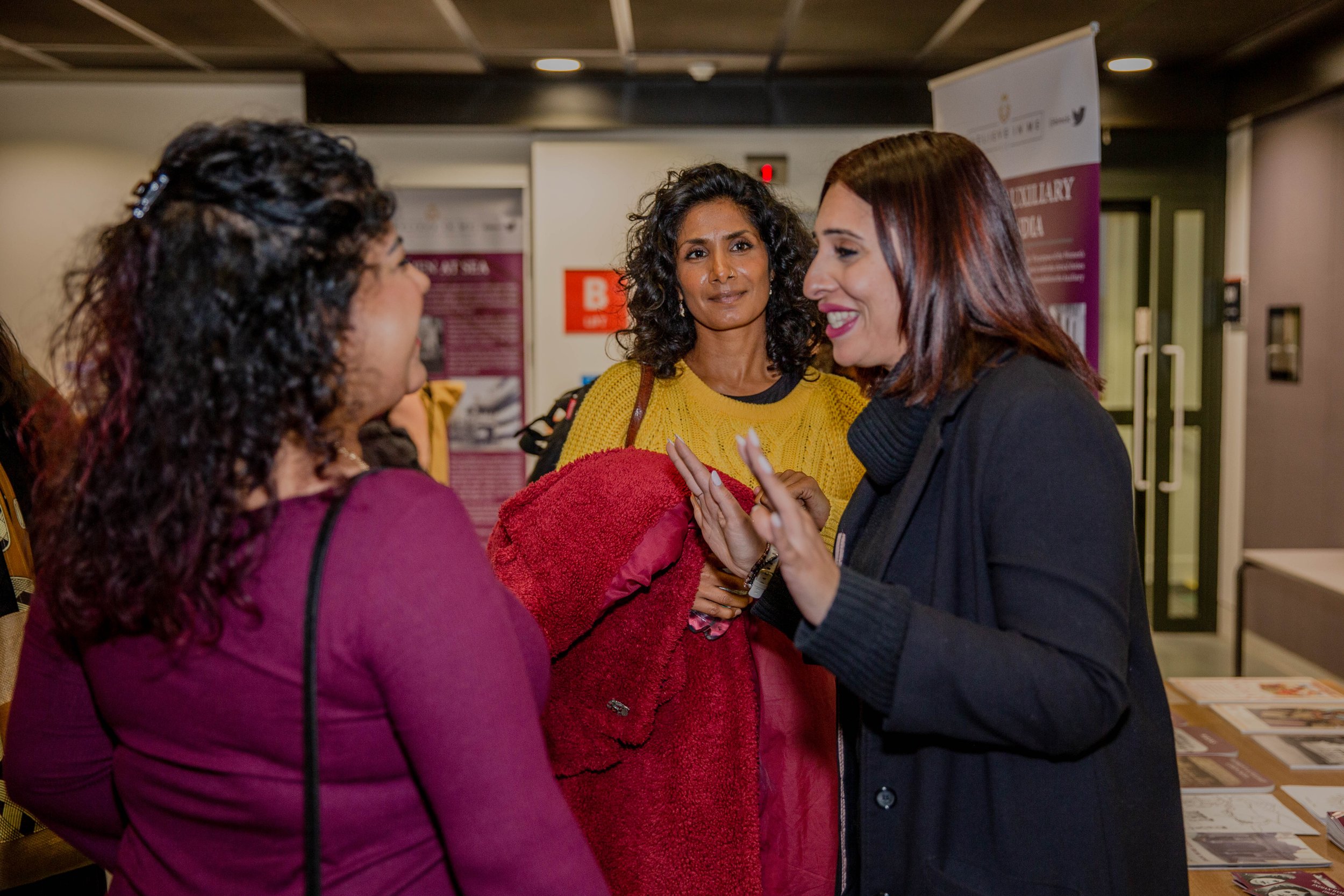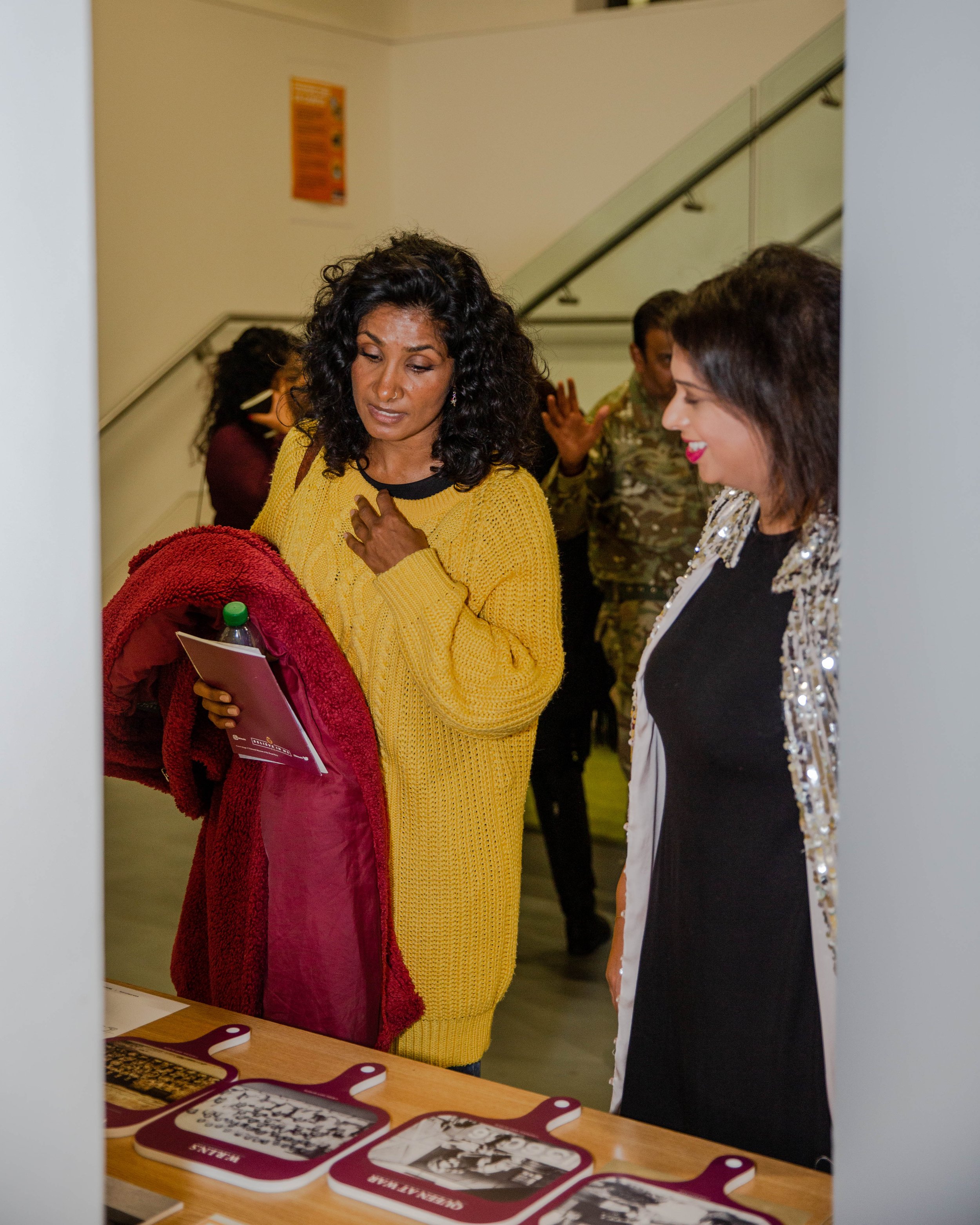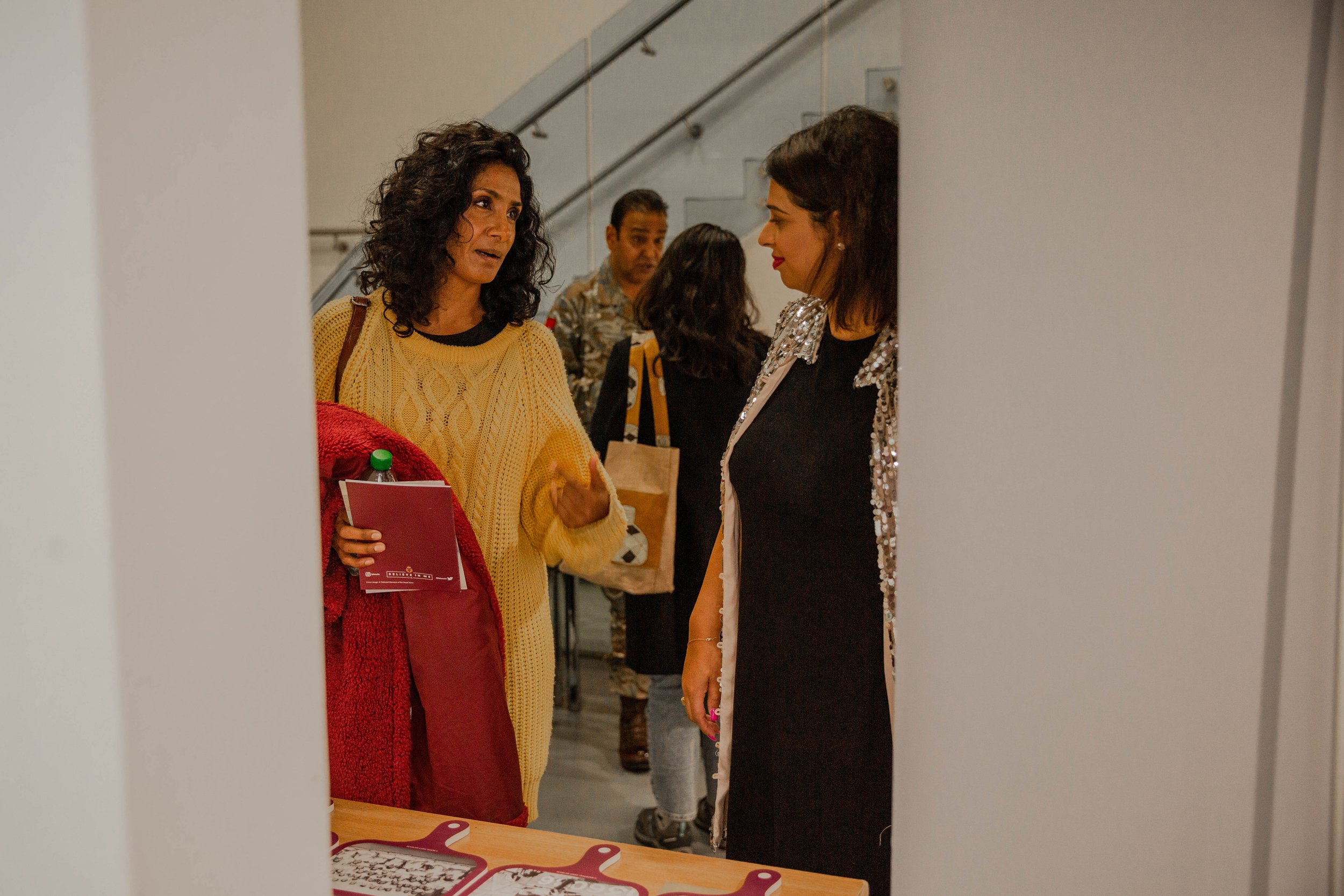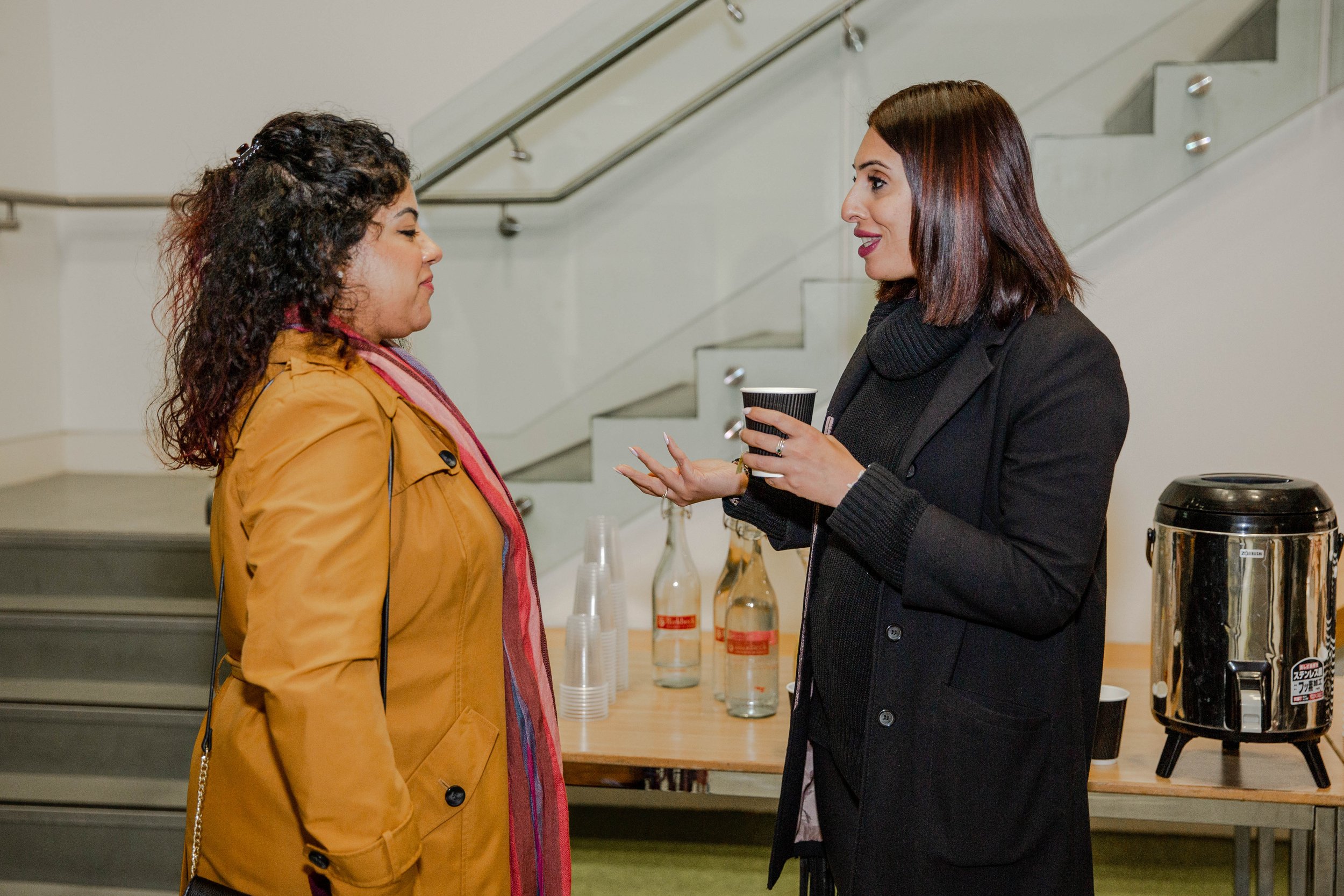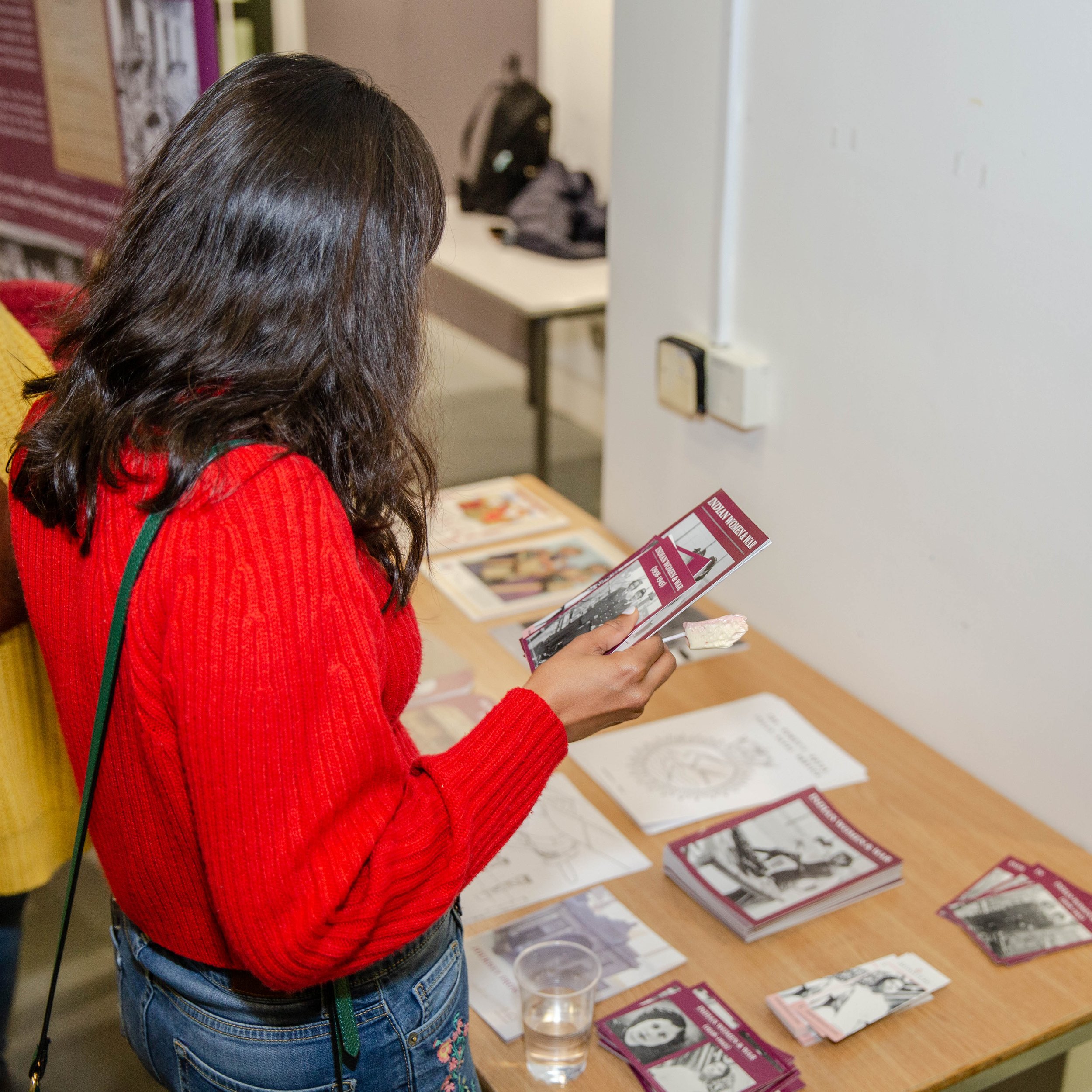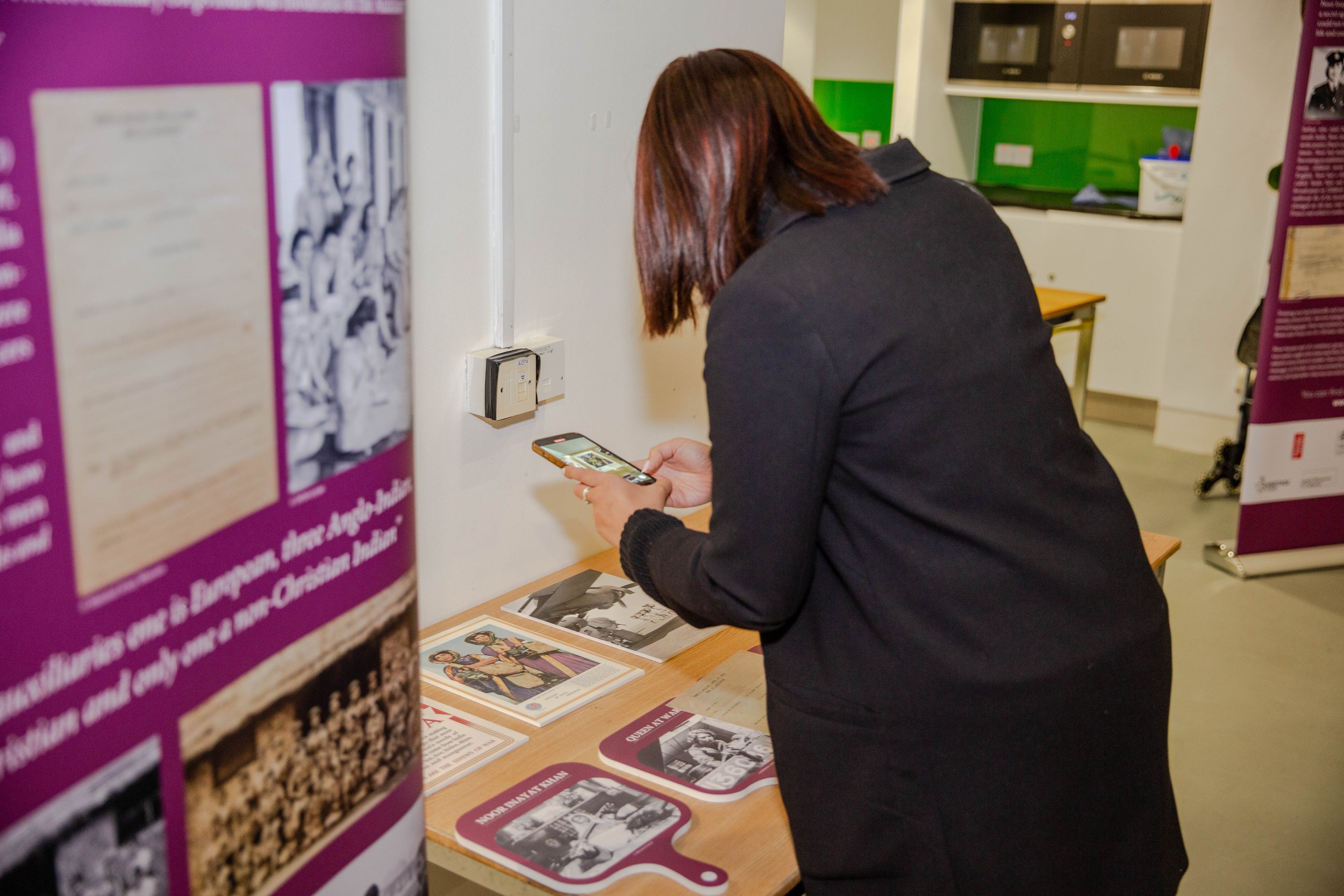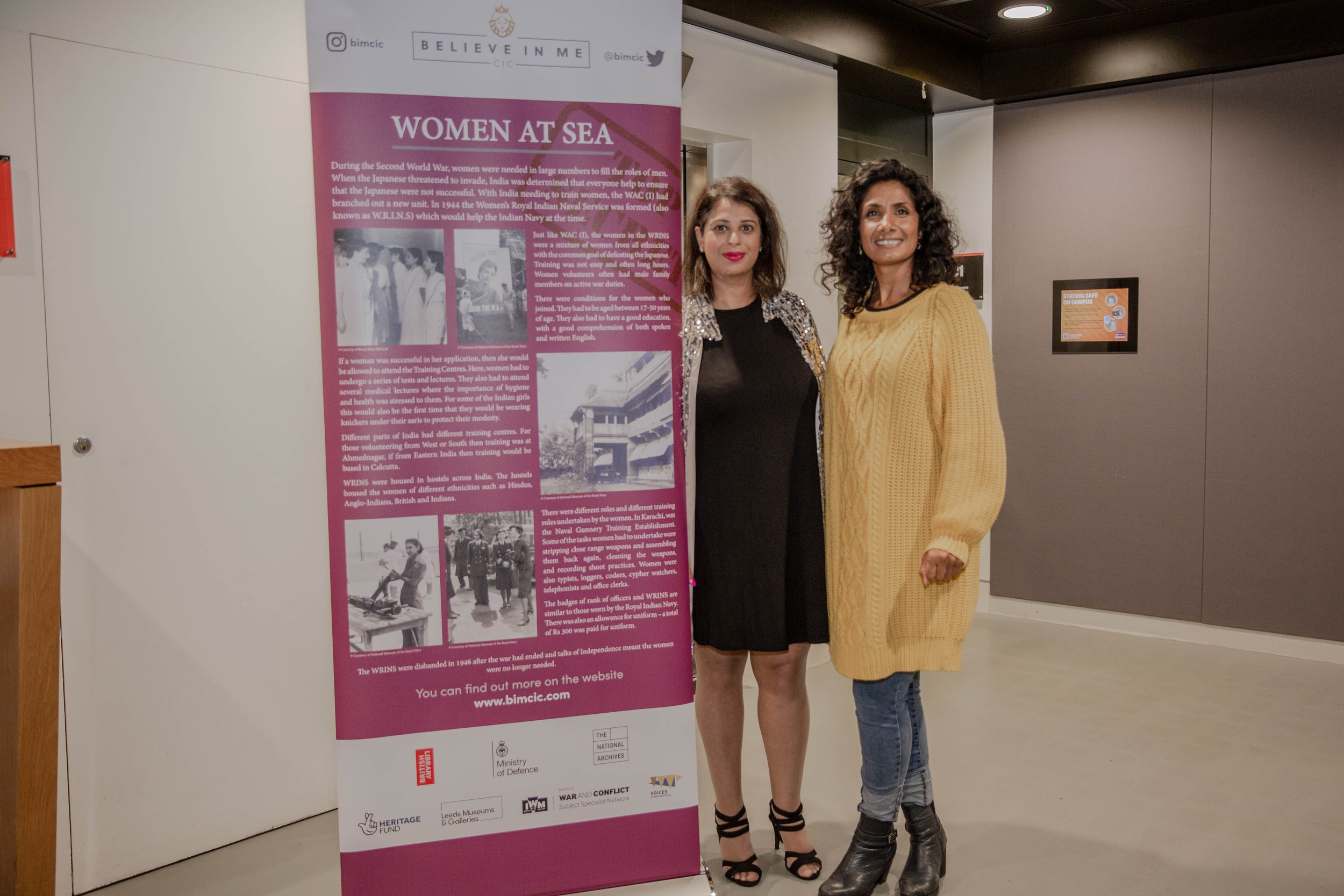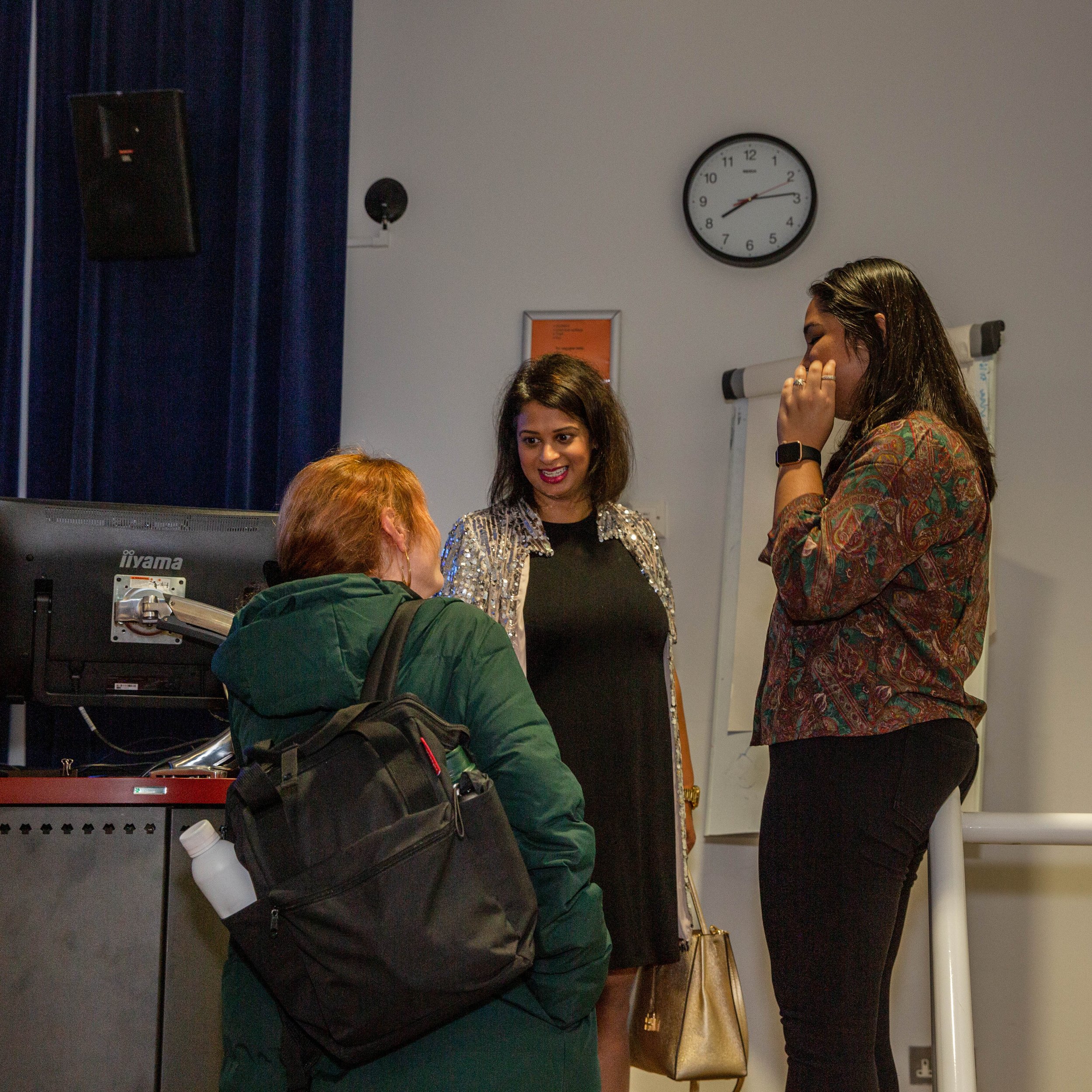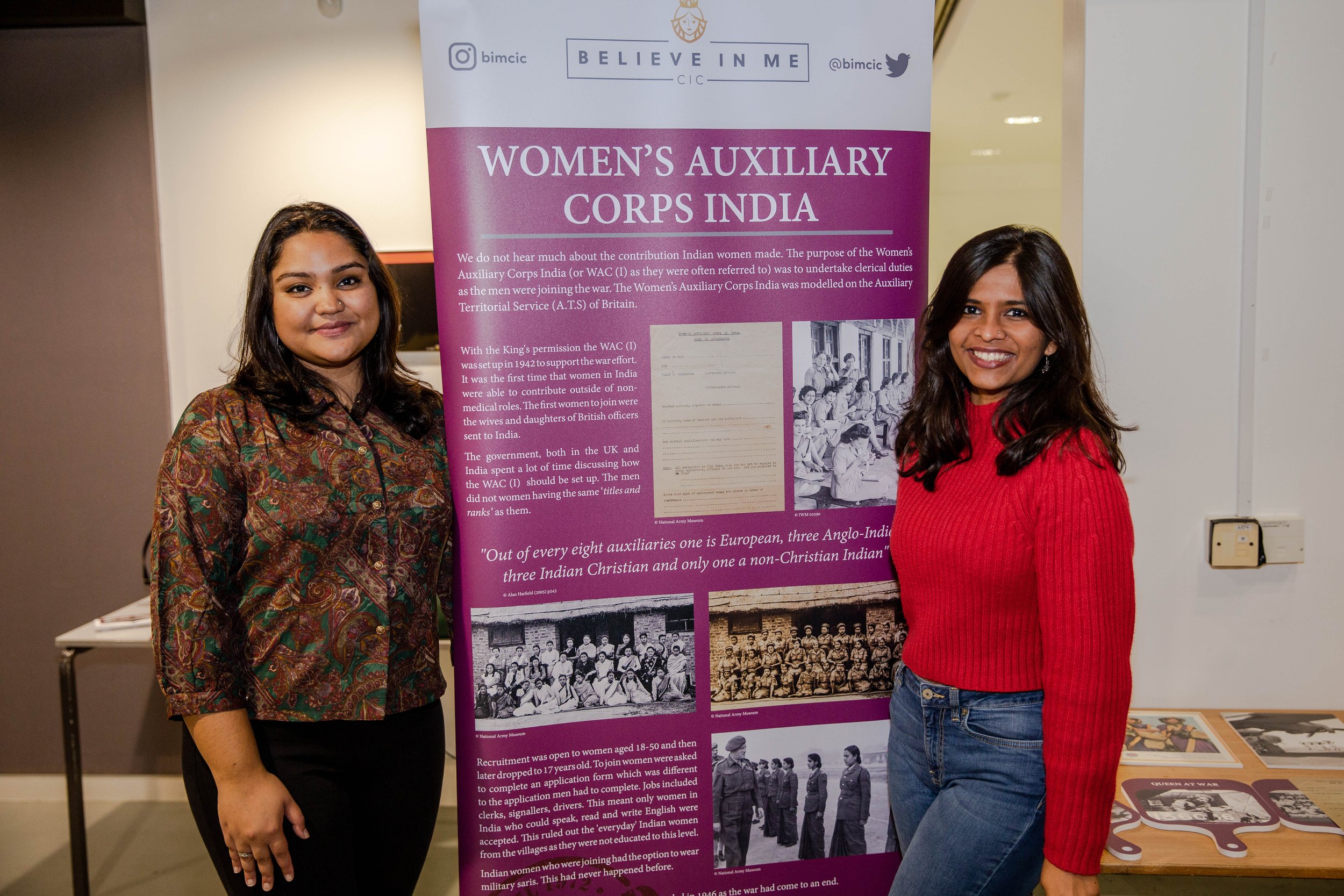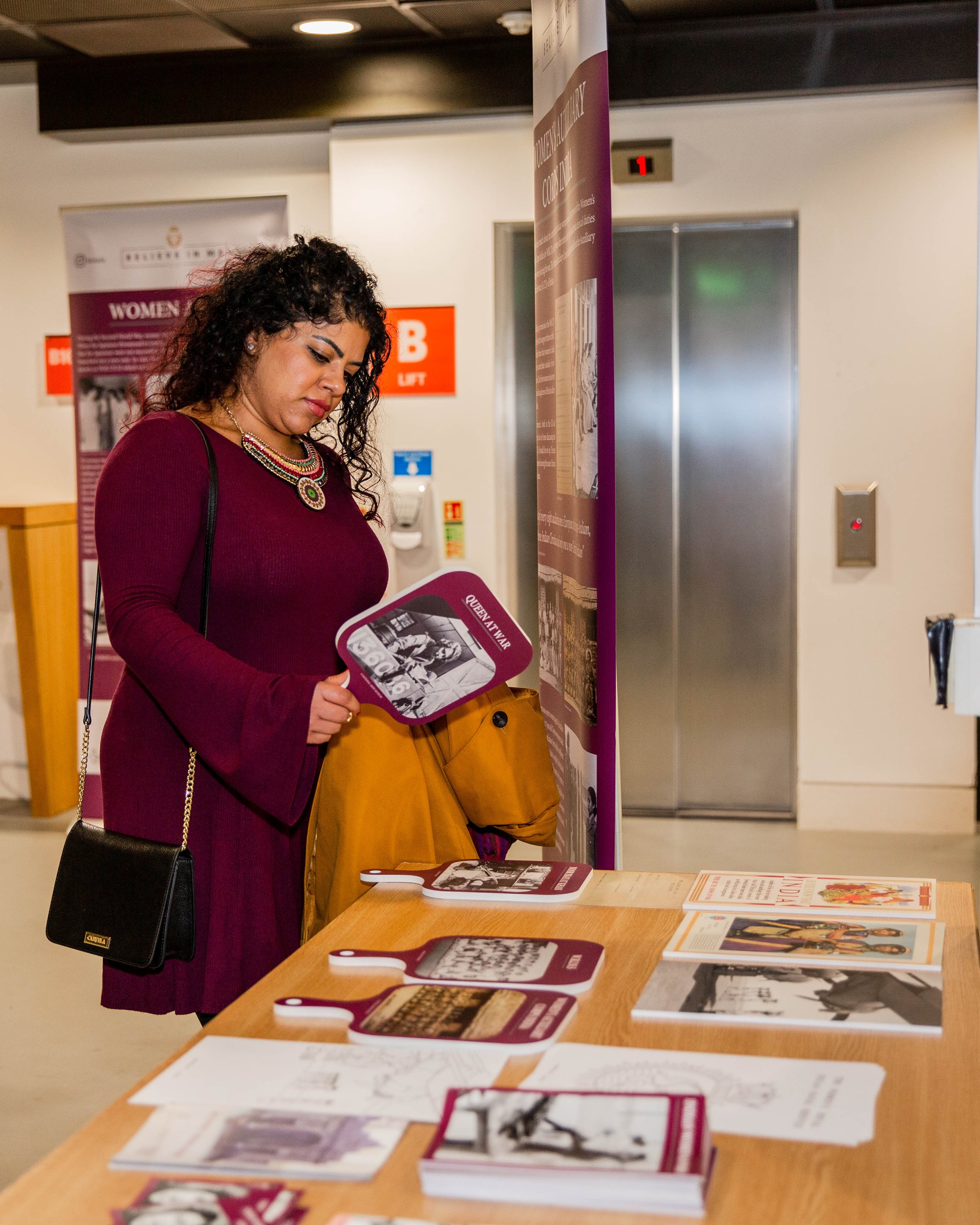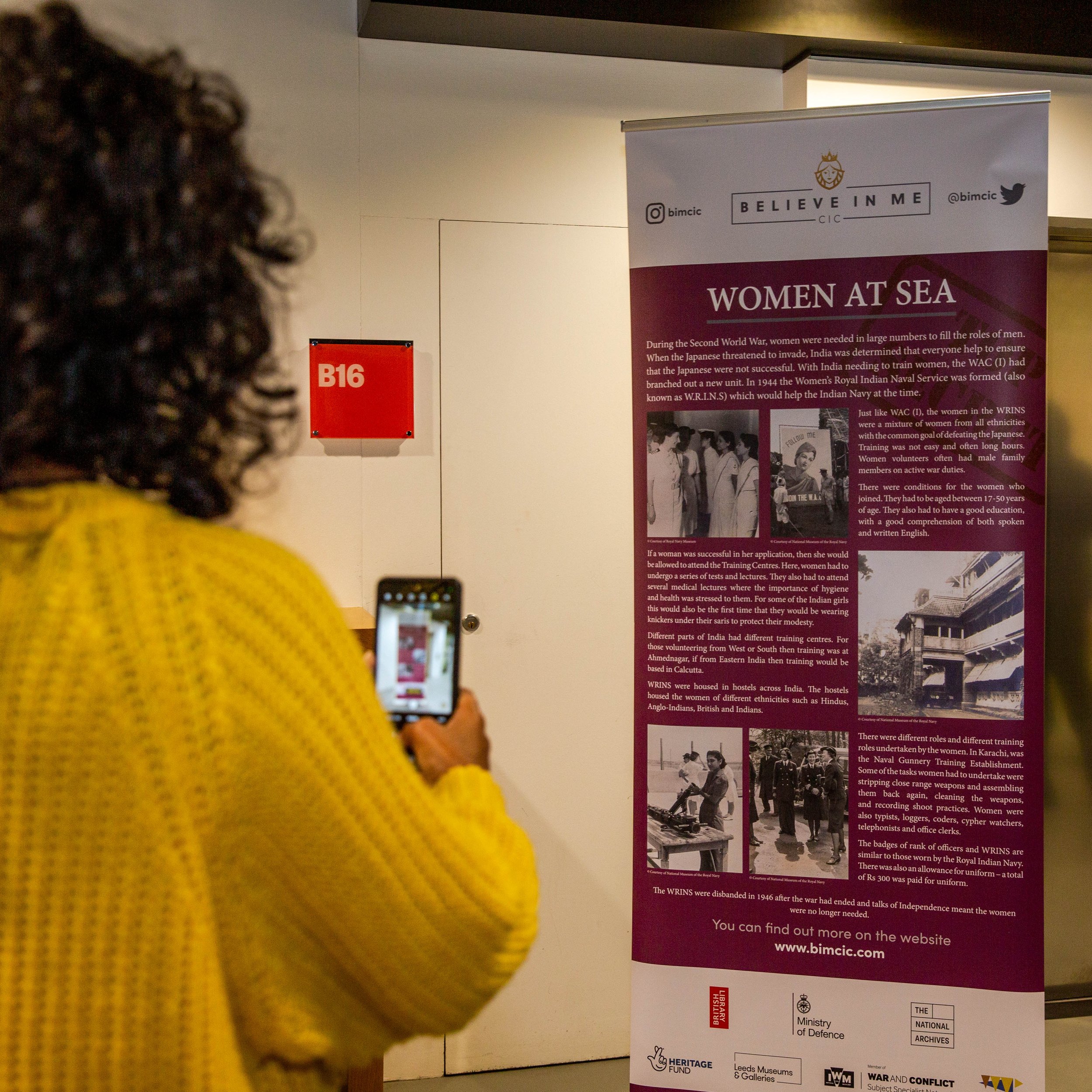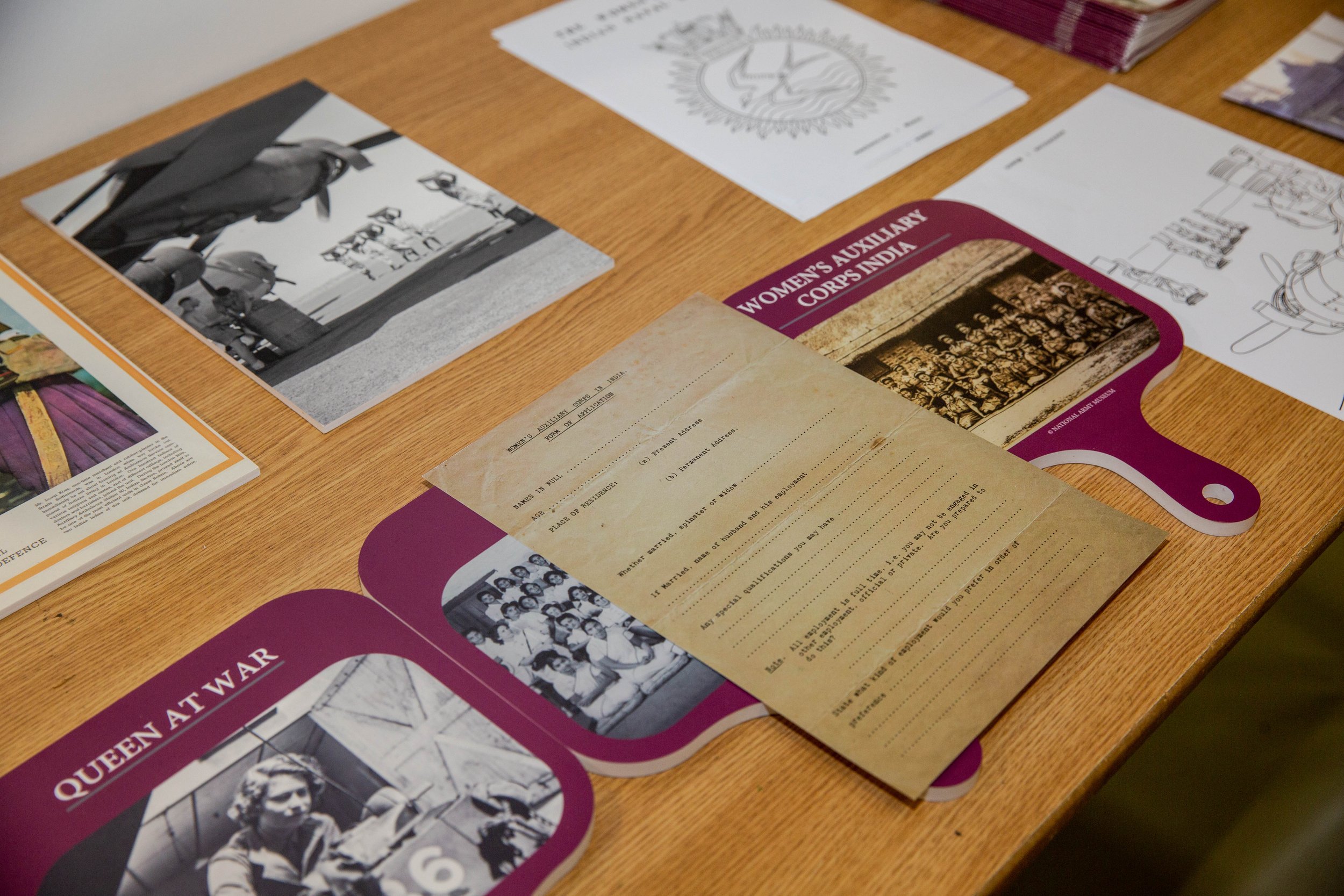Telling the story of sexual exploitation of Indian women at war
Kiran Sahota and Urvi Khaitan presenting
What better way to host our first London talk for the Indian Women and War project than to collaborate with Birkbeck University (Raphael Samuel History Centre). I was not expecting a collaboration that would allow me to host events for the project over the course of 3 months, nor was I expecting an Eastenders actress (Balvinder Sopal) to be in the audience. This was a great way to start working with Professor Julia Laite.
When discussing military narratives, the way Indian women were contributing to war efforts and then exploited, are often not what one would imagine. The theme of the evening would allow me to bring in other experts that I have been working with over the course of 3 years to bring a much wider narrative of the realities of war and just what Commonwealth soldiers were up to. Was the talk advertised going to raise a few eyebrows? Yes. When we look at Indian women, we don’t often think of them as sex symbols or attractive as we do with white women. This is because South Asian women are not on covers of glossy magazines as much as white women and growing up, we were forced to think that the only beautiful women were those who had white skin, blue eyes, and hourglass figures. Are South Asian women only attractive when they are being forced as sex workers for the Commonwealth soldiers?
The event was open to all, to understand why Indian women were highlighted and how without their contribution the Second world war might have been so different. I started the event by discussing the Women’s Auxiliary Corps India (WACI) and how these women were allowed to join as they were mainly British women living in India who were the wives or daughters of British Officers in India. Certain women were allowed to join and contribute, so the reality that women from smaller villages could simply join and access the benefits the Army was a myth. There was a big difference in how the everyday Indian woman was treated compared to those that were able to find employment. To explore the everyday women, I was joined by Urvi Khaitan who has helped me research women and the way that they were treated.
Urvi spoke about the Indian women who were forced to work in coal mines with horrible conditions for little money. Although women were banned from coal mines prior to the Second World War, the huge demand for coal and supplies meant that the Indian Government had no option but to open the mines. What this meant for women was long hours and dangerous conditions whilst still being wives and mothers. These women were not like the WACI’s who had been educated, these women were from poorer backgrounds and desperate to make money anyway that they could. Urvi explained further that the images I had found were of women that were needed to lay the roads for the Government. The women had their saris tucked up high and with baskets on their head, they worked everyday ensuring the manual labour was done. It was a dark story of women laying the roads in the day and then at night being forced into sex work for the soldiers how had been based nearby. Did the Government know what was happening? Yes. We had found the Government did know and they simply wanted to deny this was going on. They were mostly worried it might be leaked to the public. The women were used by soldiers from America, Australia, South Africa, who were lonely and wanted female company as these soldiers were miles away from home. We don’t know what happened to these women, and I think that was the saddest part of it all. The women in the images just simply disappear and all that they did for the war efforts not even recognised until my project was curated.
Professor Julia Laite gave an overview of how women in military history who have been subjected to be forced into sex work and how it is hugely under researched and discussed. This could be because that military narratives have been dominated by men for so long that the women do not seem to matter. When academics and community historians work together, we are able to bring a wider narrative and start to fill in some of the blanks in history. Women have been and are still being mistreated and with women still be forced into sex work, it seems the issue of exploitation has never gone away.
With the talk over, there were lots of questions and a realisation from the audience that there are so many narratives of the global war that we simply do not know and will never know. I was glad to be able to work with my colleagues to talk about these themes and discuss what we can be doing. All the years I worked as a sexual health officer came in handy, as there were no embarrassing questions.
As the session finished it was great seeing the public interact with the exhibition and the films that we had played. Thank you all for coming out and to Raphael Samuel History Centre for allowing me to present my work. Also, to our volunteers, the communities and to Balvinder Sopal. Who knows with what she learnt from the talk it might be a new storyline in Eastenders!
